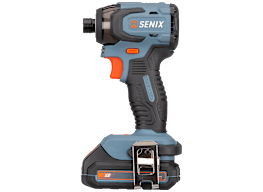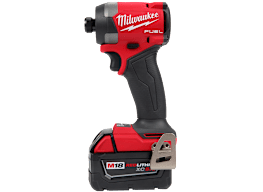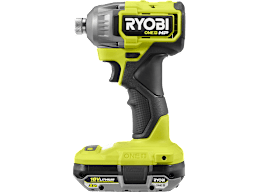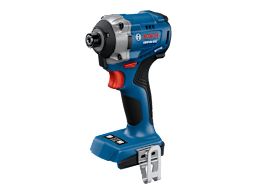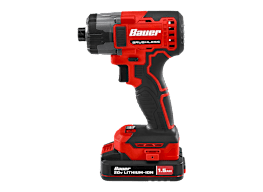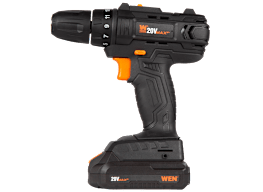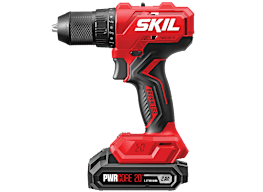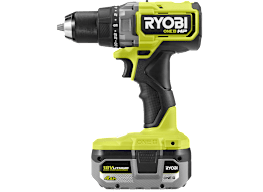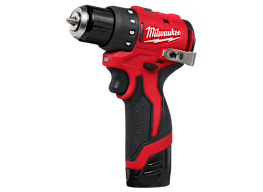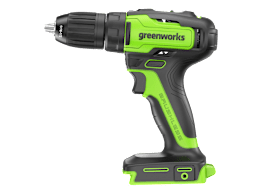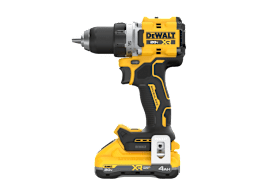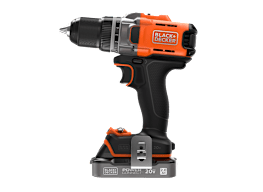
Cordless Drill & Impact Driver Buying Guide

Home & DIY Editor

Home & Tech Writer
A cordless drill is the most essential power tool you’ll buy. It’s the one you’ll rely on for big projects, such as building a deck and remodeling a kitchen, and for smaller tasks, like installing fixtures and assembling furniture. You might even need your drill to service other tools.
Most cordless drills run on lithium-ion (Li-ion) batteries, which helps them deliver more power and longer run times in a lighter package than previous generations of cordless drills. Many newer models also benefit from a motor makeover. Brushless motors (as opposed to the more prevalent brushed variety) used to be reserved for contractor-oriented brands such as DeWalt, Makita, and Milwaukee, but now they’re available in modestly priced consumer drills from the likes of Kobalt, Porter-Cable, and Ridgid.
Improved motors and battery life have consistently elevated drill performance in CR’s ratings, which now include impact drivers. Impact drivers are extremely powerful, compact tools that drive screws more efficiently into wood, metal, and cement than traditional cordless drills do, making them a popular choice for heavy-duty jobs like framing walls or building decks.
If you’re looking to buy a new drill or an impact driver, they cost anywhere from $30 to $400. Read on for how we test drills, as well as our advice on how to choose the best drill for your needs.
How CR Tests Cordless Drills
We conduct a number of our drill tests using a benchtop dynamometer, or “dyno,” a calibrated instrument featuring a free-spinning spindle and an electronic brake.
CR’s test engineers clamp each drill onto the spindle, then run it flat out at each speed, measuring maximum revolutions per minute (RPM). These results, along with measurements taken under different loads, determine the speed score.
To calculate run time, we cycle the batteries on and off to simulate the torturous nature of stop-and-go tasks, such as building a deck. We then completely drain each battery and time how long it takes. For the charge time score, we also see how long it takes to fully recharge the battery from empty.
We use the dyno to measure torque, which we translate into our power score. This test is a reflection of how big a hole a drill can bore, or how large a fastener it can drive.
CR’s experts use each drill like you would at home, driving screws and drilling holes. We then score each drill on how easy it is to handle, incorporating its dimensions, weight, balance, feel, and how ergonomic the handle is.
To see how loud each drill is, we measure sound in decibels at the user’s ear when the drill is in operation. As it turns out, all but the smallest models require hearing protection for safe use.
How to Pick a Cordless Drill
Before you compare individual models, you’ll want to narrow your search based on your needs.
- Drill voltage: This is often considered an indication of power, though a 14.4-volt drill from one brand may be less powerful than a 12-volt tool from another. Check out the power score in our ratings for a true comparison. Generally, 12-volt drills can easily drive a few hundred decking screws on a single charge, providing all the power the typical homeowner needs. But they wouldn’t be your first choice for driving large lag bolts. For that you’d want a stout 18-volt model, or perhaps an impact driver, which can also drill into brick or concrete.
- Handling: While an 18- or 20-volt cordless drill might be more powerful than a 12-volt model, it will also be bulkier. We give each model a handling score, but that quality can be best judged in person. Before buying a new drill, clip in the battery and grip it to see whether you can tolerate the weight for longer jobs. Wield it above your head, as if you were installing a smoke detector, and you’ll notice right away whether it feels too heavy. (Impact drivers are especially adept at drilling overhead.)
- Chuck size: This is how we divide our cordless drills into three categories: heavy-duty, general-use, and light-duty. A chuck is the three-pronged clamp that secures bits at the business end of any drill. It takes both cutting bits for drilling holes and driving bits for screwing in fasteners. The greater a drill’s chuck’s capacity, the bigger the bit it can hold and, typically, the more power the model will have, so chuck size is a good proxy for how heavy-duty a drill is.
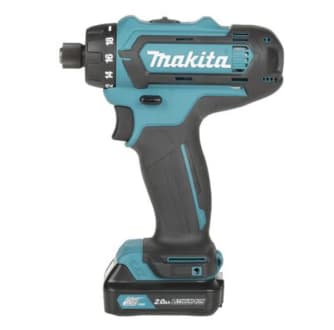
Light-Duty Drills
Our light-duty drills typically have a fixed, ¼-inch socket, a design that accepts only bits with a hex-shaped shaft. This class of drills is best-suited for small jobs around the house: assembling flat-packed furniture, changing a light fixture, and drilling into drywall. Their batteries range in size from 12 volts to 20 volts, but their relatively small motors don’t spin or drive with the same force as heavy-duty or general-use drills.
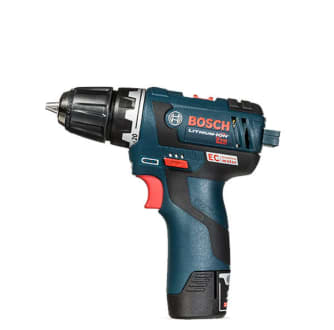
General-Use Drills
Most people will be best served by a general-use drill, which has a ⅜-inch chuck. Typically powered by a 12-volt battery, they’re more powerful than they look: They can bore holes in wood with relative ease and drive a pouch full of screws on a single charge. And if you keep one battery charging while you’re working, you can always swap in a fresh one and never run out of juice. If you need to take on the occasional heavier job, you can always rent a hammer drill from a home center.
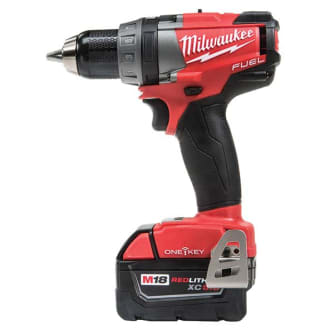
Heavy-Duty Drills
Drills in the heavy-duty category are built around brawny 18- to 24-volt batteries, giving them the power to drive large fasteners and bore holes through thick boards. Outfitted with ½-inch chucks, they can accept most any drill bit, including those used for jobs like drilling into brick or concrete. All that capability means heavy-duty drills tend to be the most expensive and heaviest. So before you buy, you’ll want to hold one with the battery clipped in place to see how it handles.
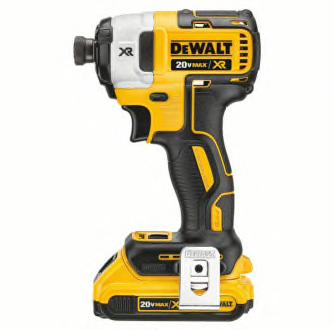
Impact Drivers
Impact drivers are unique: They aren’t equipped with chucks. Instead, they rely on hex-shaped drill bits and trigger-generated torque, generating up to three times the RPMs of drills. Impact drivers are extremely powerful tools engineered for inserting long screws, fasteners, and lag bolts. Compact and lightweight, they’re designed for speed and efficiency on heavy-duty jobs like framing and deck building. Impact drivers are typically 12-volt or 18-/20-volt tools. They’re more durable and often pricier than drills, ranging between $40 and $400.
3 Ways Cordless Drills Are Packaged
You can buy cordless drills and their batteries in three configurations:
- As a stand-alone tool with one or two batteries and a dedicated charger. This is a good option if you want only a drill and don’t own any other power tools with compatible batteries.
- As part of a collection of cordless tools from a single brand, called a kit. If you’re also in the market for tools such as an impact driver, a circular saw, a reciprocating saw, and a work light, this will give you the most value. (Just know that kits typically feature 18-volt tools, so the included drill would be a heavy-duty model.) Kits often come with two batteries and a charger.
- As a bare tool, with no battery or charger. This will work well if you already have a compatible battery from a different cordless tool. This option is the least expensive, but you get less value.
Features That Matter
Here are five cordless drill features that are important to consider.
- 1
- / 5
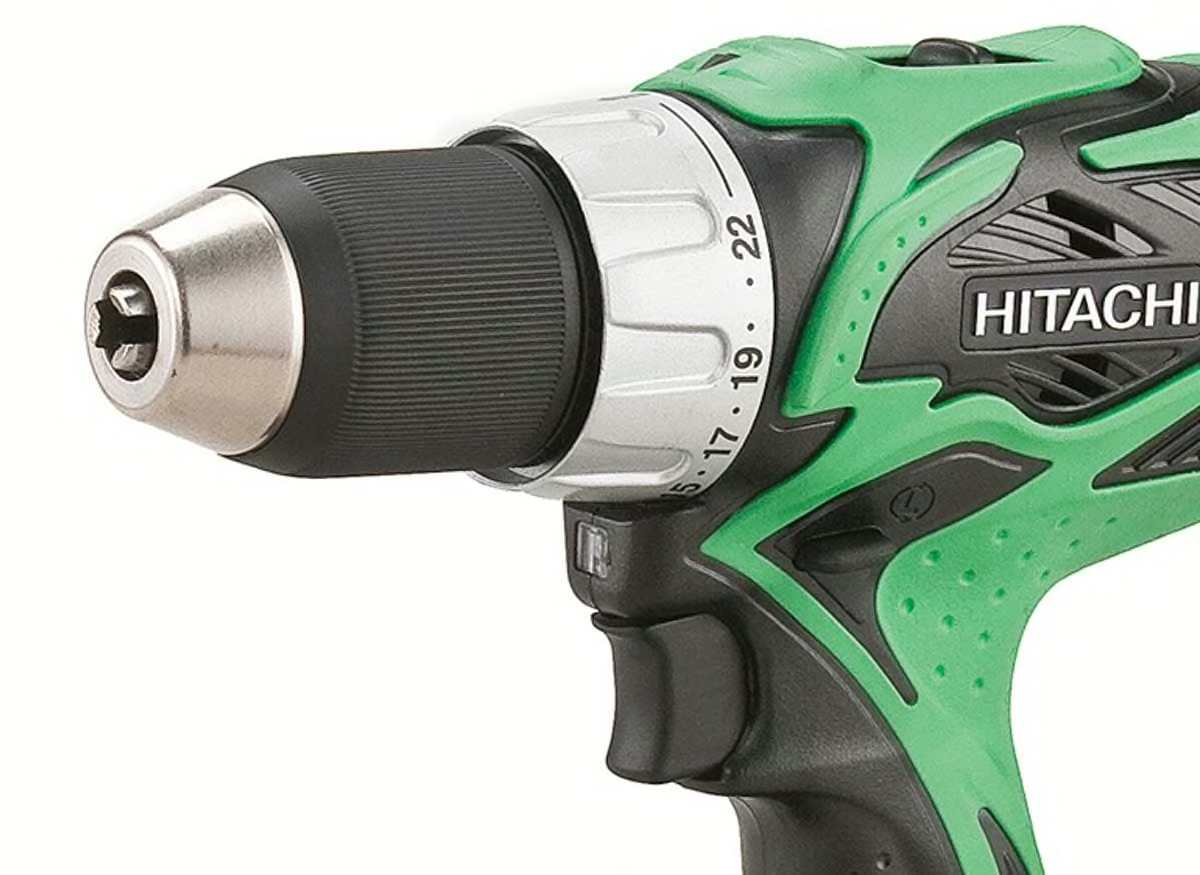
Chuck Size
Most cordless drills come with either a ½-inch or a ⅜-inch chuck. The size tells you two important things about a drill. First, it provides an upper limit for the shank size of the bits the drill can accommodate. Bigger bits often have wider shanks, so a heavy-duty paddle bit that you’d use for mixing grout or joint compound wouldn’t fit into a drill with a small chuck. Second, chuck size also tracks closely with a drill’s power and capability—for example, more powerful drills usually have larger chucks.
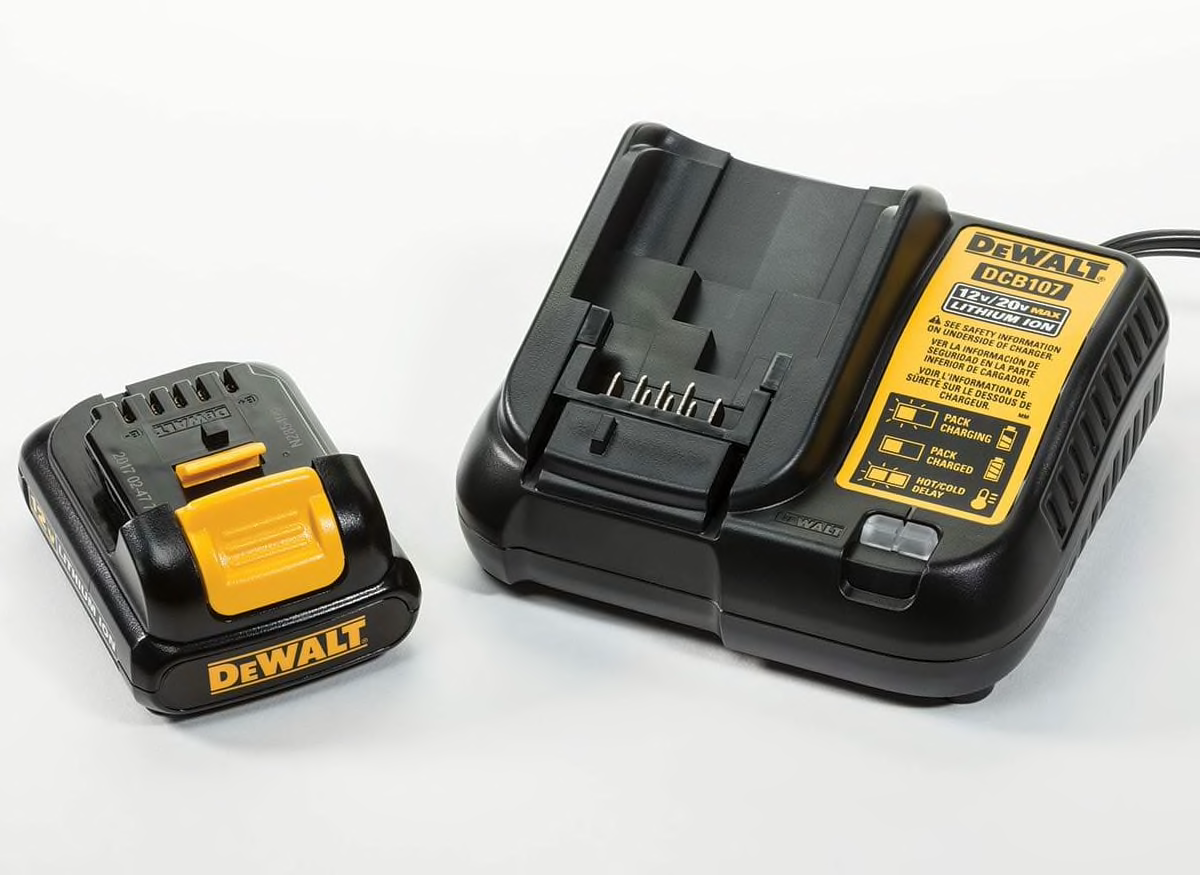
Charger and Charge Indicator
Early Li-ion batteries often needed to be charged and used under precise conditions to ensure peak performance. The more recent generation of batteries and chargers have changed that, but your battery will last longer if you don’t make a habit of fully draining it—keeping it between around 20 percent and 80 percent of a full charge is ideal. New chargers also include an indicator light, which clearly displays how close the battery is to a full charge. Some brands also have indicator lights on the batteries themselves.
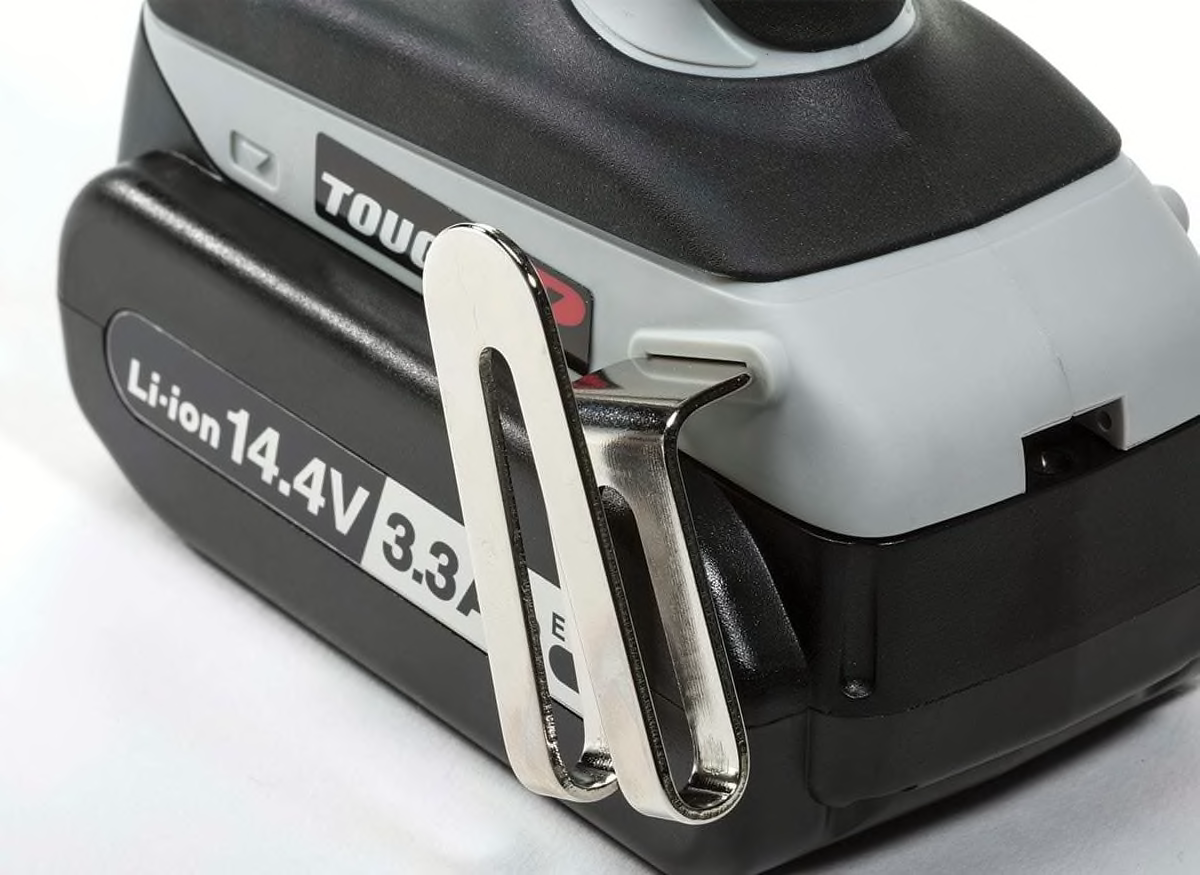
Lithium-Ion Batteries
Li-ion batteries for cordless power tools have two important specs:
- Voltage correlates roughly to power. An 18-volt drill will be more powerful than a 12-volt drill from the same brand. But a 14.4-volt drill from one brand may be less powerful than a 12-volt tool from another. (Check out the power score in CR’s cordless drills ratings for a true comparison.)
- Amp-hours indicates how long the battery can keep your drill running. A 4.0-amp-hour battery should run twice as long as a 2.0-amp-hour battery—but it’s also twice as heavy. And because some batteries charge in as little as 25 minutes, you might prefer two smaller batteries.
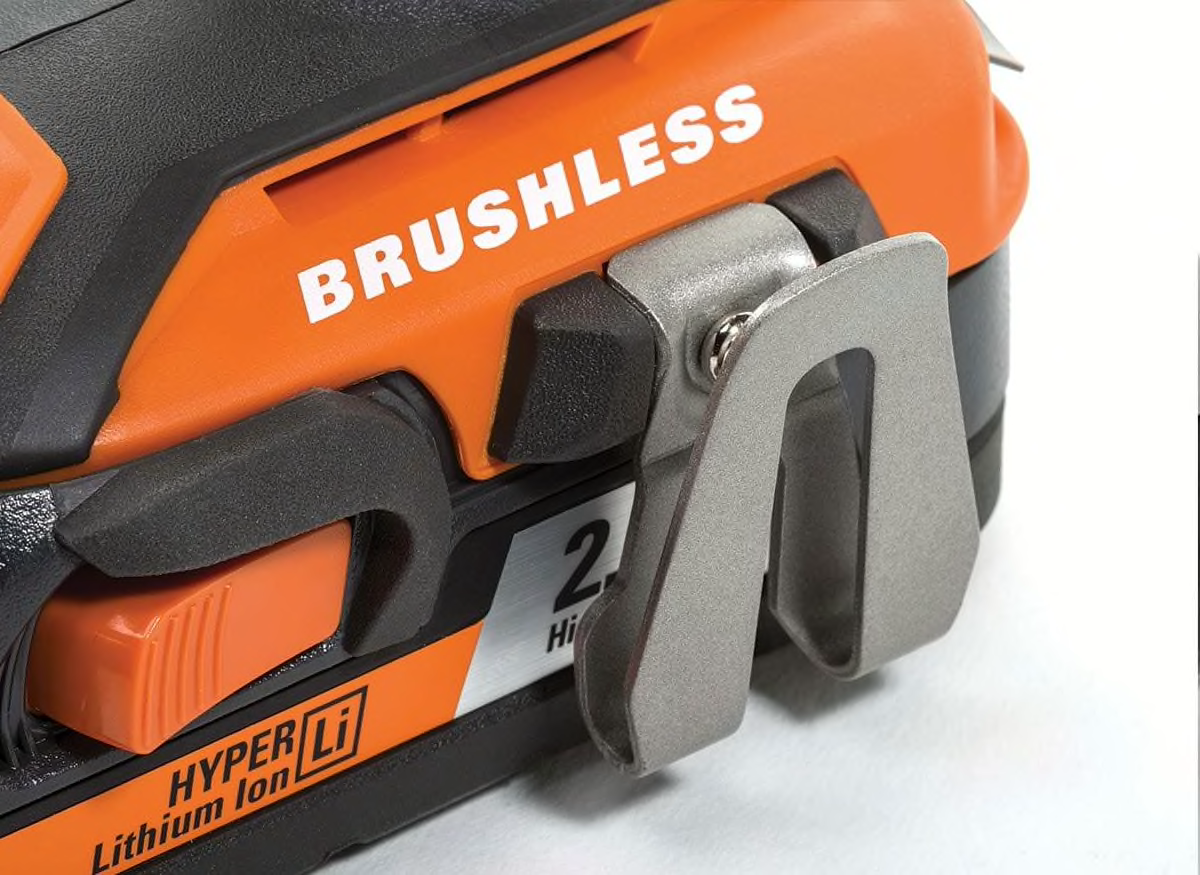
Brushless Motor
Unlike brushed motors that run at the same rate and drain the battery—whether you’re drilling into a softwood, such as pine, or a hardwood, like oak—brushless motors adjust to the level of resistance they encounter and use less energy. Plus, they operate with less friction than brushed motors, allowing them to work more efficiently. They also have fewer moving parts, and because there are no brushes, you’ll never need to replace them.
In CR’s cordless drill tests, most heavy-duty models feature brushless motors, as do our top general-use drills. Warranties indicate manufacturers’ confidence in brushless technology: three to five years on the new tool vs. just three for the older technology. We think that makes brushless a smarter buy.
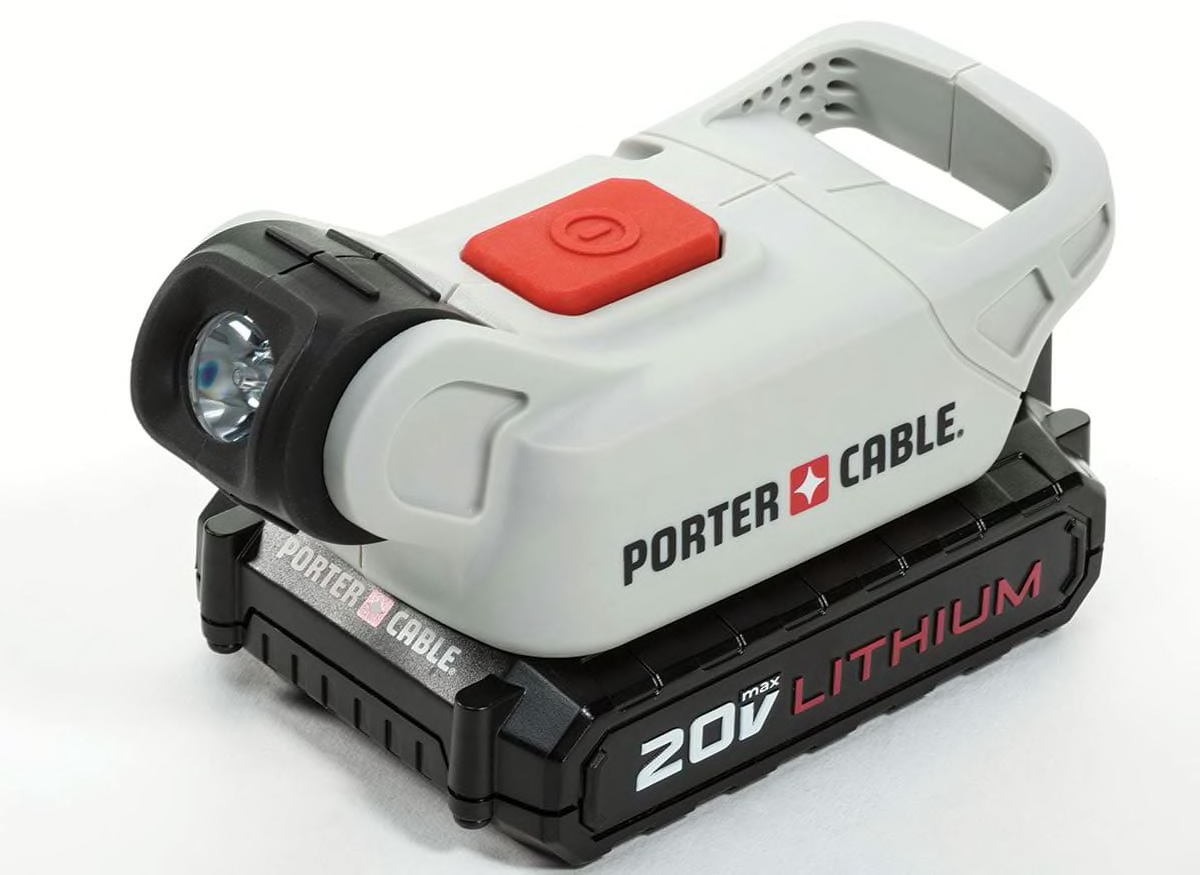
Extras
Almost all cordless drills come with a built-in LED work light, a single Phillips bit, and extras such as belt clips and hard-sided cases. A few brands stand out for additional features. Milwaukee offers chargers capable of charging its 12- and 18-volt batteries at the same time—nice if you own a drill of each type. And Porter-Cable makes an LED work light that runs on one of its 20-volt batteries.
Chuck Size
Most cordless drills come with either a ½-inch or a ⅜-inch chuck. The size tells you two important things about a drill. First, it provides an upper limit for the shank size of the bits the drill can accommodate. Bigger bits often have wider shanks, so a heavy-duty paddle bit that you’d use for mixing grout or joint compound wouldn’t fit into a drill with a small chuck. Second, chuck size also tracks closely with a drill’s power and capability—for example, more powerful drills usually have larger chucks.
Charger and Charge Indicator
Early Li-ion batteries often needed to be charged and used under precise conditions to ensure peak performance. The more recent generation of batteries and chargers have changed that, but your battery will last longer if you don’t make a habit of fully draining it—keeping it between around 20 percent and 80 percent of a full charge is ideal. New chargers also include an indicator light, which clearly displays how close the battery is to a full charge. Some brands also have indicator lights on the batteries themselves.
Lithium-Ion Batteries
Li-ion batteries for cordless power tools have two important specs:
- Voltage correlates roughly to power. An 18-volt drill will be more powerful than a 12-volt drill from the same brand. But a 14.4-volt drill from one brand may be less powerful than a 12-volt tool from another. (Check out the power score in CR’s cordless drills ratings for a true comparison.)
- Amp-hours indicates how long the battery can keep your drill running. A 4.0-amp-hour battery should run twice as long as a 2.0-amp-hour battery—but it’s also twice as heavy. And because some batteries charge in as little as 25 minutes, you might prefer two smaller batteries.
Brushless Motor
Unlike brushed motors that run at the same rate and drain the battery—whether you’re drilling into a softwood, such as pine, or a hardwood, like oak—brushless motors adjust to the level of resistance they encounter and use less energy. Plus, they operate with less friction than brushed motors, allowing them to work more efficiently. They also have fewer moving parts, and because there are no brushes, you’ll never need to replace them.
In CR’s cordless drill tests, most heavy-duty models feature brushless motors, as do our top general-use drills. Warranties indicate manufacturers’ confidence in brushless technology: three to five years on the new tool vs. just three for the older technology. We think that makes brushless a smarter buy.
Extras
Almost all cordless drills come with a built-in LED work light, a single Phillips bit, and extras such as belt clips and hard-sided cases. A few brands stand out for additional features. Milwaukee offers chargers capable of charging its 12- and 18-volt batteries at the same time—nice if you own a drill of each type. And Porter-Cable makes an LED work light that runs on one of its 20-volt batteries.
Cordless Drill & Impact Driver Brands
Black+Decker is one of the leading manufacturers and marketers of cordless drills. The brand’s cordless drills are geared toward the consumer market and are available in multiple sizes, weights, and voltages. Black+Decker cordless drills are widely available online, in hardware stores, and at Lowe’s and Walmart.
Bosch cordless drills are geared toward the contractor market and are available in multiple sizes, weights, and voltages. Bosch cordless drills are widely available online, in hardware stores, and at Lowe’s. Bosch makes and sells drills under the Skil brand, too.
Craftsman cordless drills are geared toward the consumer market and are available in multiple sizes, weights, and voltages. Craftsman drills are sold online, in hardware stores, and at Lowe’s. Stanley Black & Decker purchased the Craftsman brand of tools from Sears in early 2017.
DeWalt is one of the top manufacturers and marketers of cordless drills. DeWalt cordless drills are geared toward the contractor market and are available in multiple sizes, weights, and voltages. DeWalt cordless drills are widely available online, in hardware stores, and at home centers such as Home Depot and Lowe’s.
Kobalt is primarily a house brand sold at Lowe’s, made by the manufacturer Chevron (not the oil company). Kobalt cordless drills can be found on Amazon as well.
Makita cordless drills are geared toward the contractor market and are available in multiple sizes, weights, and voltages. Makita cordless drills are widely available online, in hardware stores, and at Home Depot and Lowe’s.
Formerly branded as Hitachi, these drills are geared toward the contractor market. Metabo HPT cordless drills are widely available online, in hardware stores, and at Lowe’s.
Milwaukee Tool is a manufacturer of contractor-oriented power tools and is owned by Techtronic Industries (TTI). Milwaukee makes a full range of cordless drills, impact drivers, and cordless screwdrivers that are widely available at hardware stores, Home Depot, and online.
Porter-Cable cordless drills are geared toward the consumer market. They’re a step up from Black+Decker, made by the same parent company, but not in line with DeWalt, which markets its drills to both contractors and avid DIYers who want pro performance.
Ryobi is one of the leading brands of cordless drills. Ryobi drills are made by TTI, which also makes the Ridgid and Milwaukee brands. Ryobi cordless drills are geared toward the consumer market and are available in multiple sizes, weights, and voltages. Ryobi and Ridgid drills are exclusive to Home Depot.
















